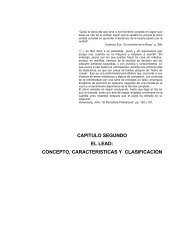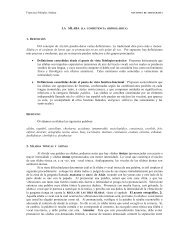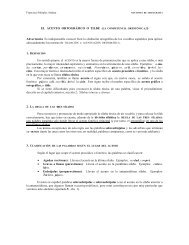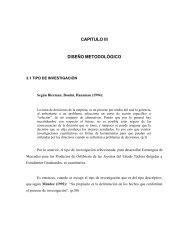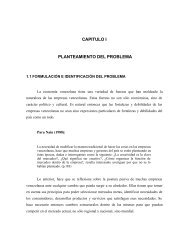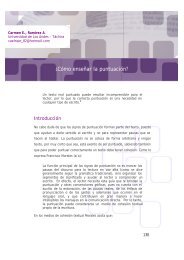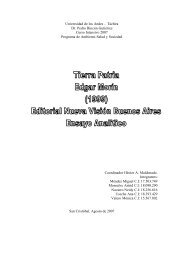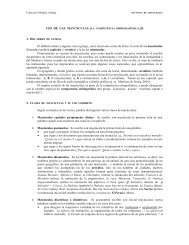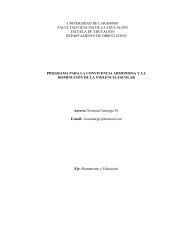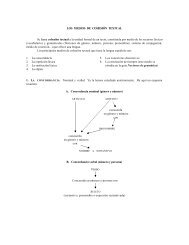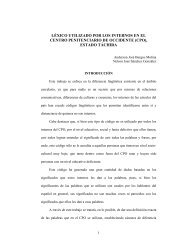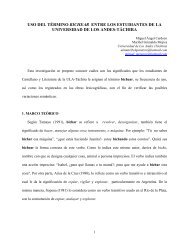No cumple el axioma de completitud ya que si tomamos una parte ...
No cumple el axioma de completitud ya que si tomamos una parte ...
No cumple el axioma de completitud ya que si tomamos una parte ...
You also want an ePaper? Increase the reach of your titles
YUMPU automatically turns print PDFs into web optimized ePapers that Google loves.
9<br />
↔ Resu<strong>el</strong>va la <strong>si</strong>guiente divi<strong>si</strong>ón .<br />
5<br />
Solución:<br />
9 5<br />
-5 Divi<strong>de</strong>ndo 1 Observe divisor <strong>que</strong> <strong>el</strong> re<strong>si</strong>duo no Distribución es cero, por equivalente lo tanto <strong>el</strong> resultado<br />
4 o cociente es un número <strong>de</strong>cimal. a la igualdad<br />
re<strong>si</strong>duo cociente D = d.c+<br />
r<br />
9 5<br />
-5 1,8 Como no existían más cifras en <strong>el</strong> divi<strong>de</strong>ndo para bajar<br />
40 le agregamos un cero a la <strong>de</strong>recha d<strong>el</strong> re<strong>si</strong>duo y <strong>una</strong><br />
-40 coma en <strong>el</strong> cociente, así:<br />
0<br />
9<br />
Por lo tanto tenemos <strong>que</strong>: = 1 , 8 .<br />
5<br />
1<br />
↔ Resu<strong>el</strong>va la <strong>si</strong>guiente divi<strong>si</strong>ón .<br />
4<br />
Solución:<br />
1 4 Como uno no es divi<strong>si</strong>ble entre<br />
10 0,25 cuatro, entonces le agregamos<br />
-8 un cero al divi<strong>de</strong>ndo y copiamos<br />
20 cero y <strong>una</strong> coma en <strong>el</strong> cociente.<br />
-20<br />
0<br />
53




